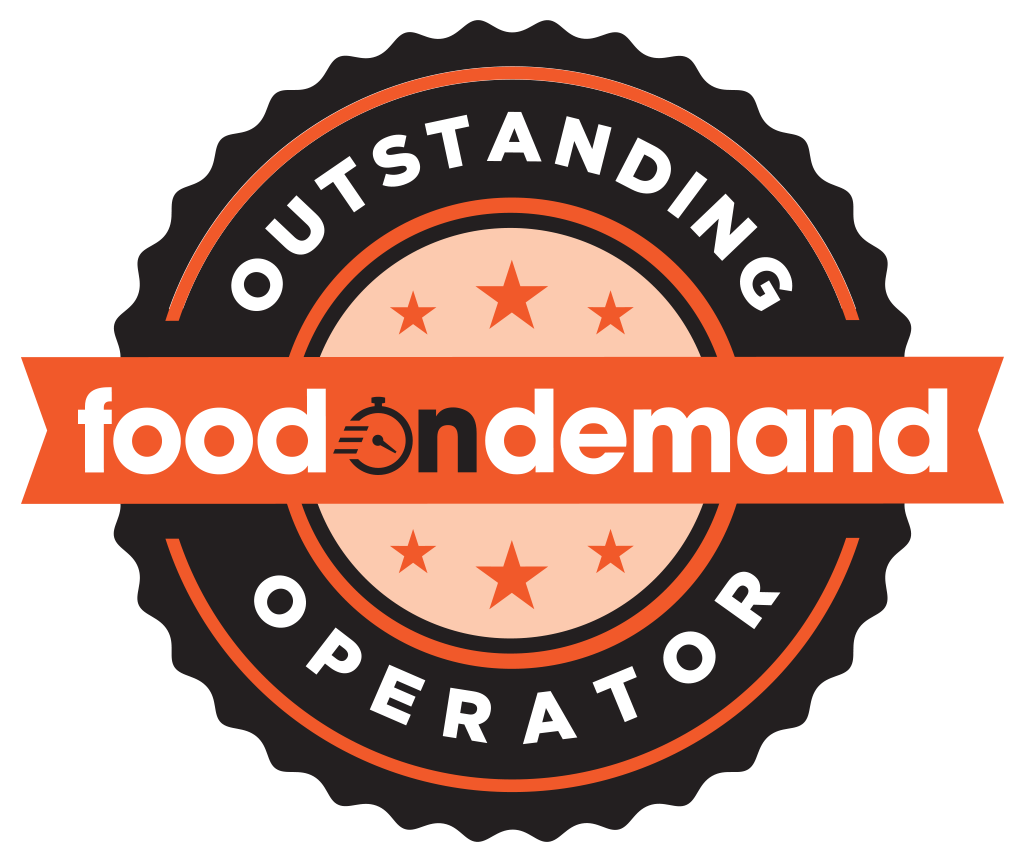Whatever big pizza brand is your favorite, I’d wager it’s been a while since you last dined inside one of their restaurants. If you’re anything like me, you would much rather chow down on a gooey pizza from the comfort of your home. It’s time for the largest franchised pizza chains to try something new and capitalize on recent shifts in the so-called convenience economy.
 After several of the largest pizza brands and their franchisees have spent huge sums of money remodeling restaurants in recent years, those upgraded dining rooms are increasingly passe as delivery continues to gobble up an ever-larger portion of the restaurant world.
After several of the largest pizza brands and their franchisees have spent huge sums of money remodeling restaurants in recent years, those upgraded dining rooms are increasingly passe as delivery continues to gobble up an ever-larger portion of the restaurant world.
Domino’s is the clearest example, the best performing mega-pizza-brand that’s poured major money in technology and customer loyalty, while simultaneously upgrading its in-store dining experience. Its shiny new restaurant design is called “Pizza Theater.” It was a lovely upgrade with brighter colors, a far more pleasing and modern presentation, and transparent kitchens so customers can see dough being tossed around before sliding into the ovens. With a little raised platform for kids to see the action, it’s one of the most thoughtful restaurant upgrades I’ve covered in recent years.
Pizza Hut has taken a similar approach, starting a big remodeling campaign back in 2016—a multi-year process given the brand’s gigantic footprint. Of course there are plenty of urban locations where busy lunchtime workers still need a place to eat their slices, but shifts in consumer behavior and delivery options mean the time is right to start experimenting with delivery-only kitchens to save franchisees the cost of building out dining rooms when a growing share of the business comes through delivery.
Two or three years ago, the concept of ghost (delivery-only) kitchens was just an intriguing idea. Now that we’re further down the line, customers are much more accustomed to ordering all sorts of cuisines for delivery, beyond the traditional pizza and Chinese food. By some reports from its local media, Detroit already has more than a dozen ghost kitchens in operation.
Real estate is expensive in urban and suburban markets. Even as most brands work to shrink their restaurant templates, the increase in fast-casual brands mean they are all fighting for the same A-level locations.
Such delivery-only kitchens could significantly boost the unit-level economics for the biggest pizza brands. The biggest catch for Domino’s would be reversing its efforts to further subdivide existing territories in recent years, with the message being that customers are better served if they’re close to the actual restaurant.
There are still plenty of locations where a full-on dining room makes plenty of sense in the pizza world, like Pizza Huts with full bars or destination-style brands like Toppers, which have been a huge hit near college campuses.
Delivery-only kitchens make perfect sense for pizza, and this could be Pizza Hut’s big chance to get a leg up on Domino’s. KFC and Taco Bell would also pair expertly with Pizza Hut in a ghost kitchen environment that could reach larger territories than a traditional single- or dual-branded location with a dining room.
In big cities across the country, celebrity chefs and upstart restaurant operators are trying dramatic new things to cope with a very fast changing restaurant ecosystem. Real estate is tough and only getting tougher. Drivers and in-store employees aren’t getting any easier to find or retain. The time is right for big brands to jump into what may be a significant slice of future delivery world. As the saying goes, you can’t win if you don’t play.


